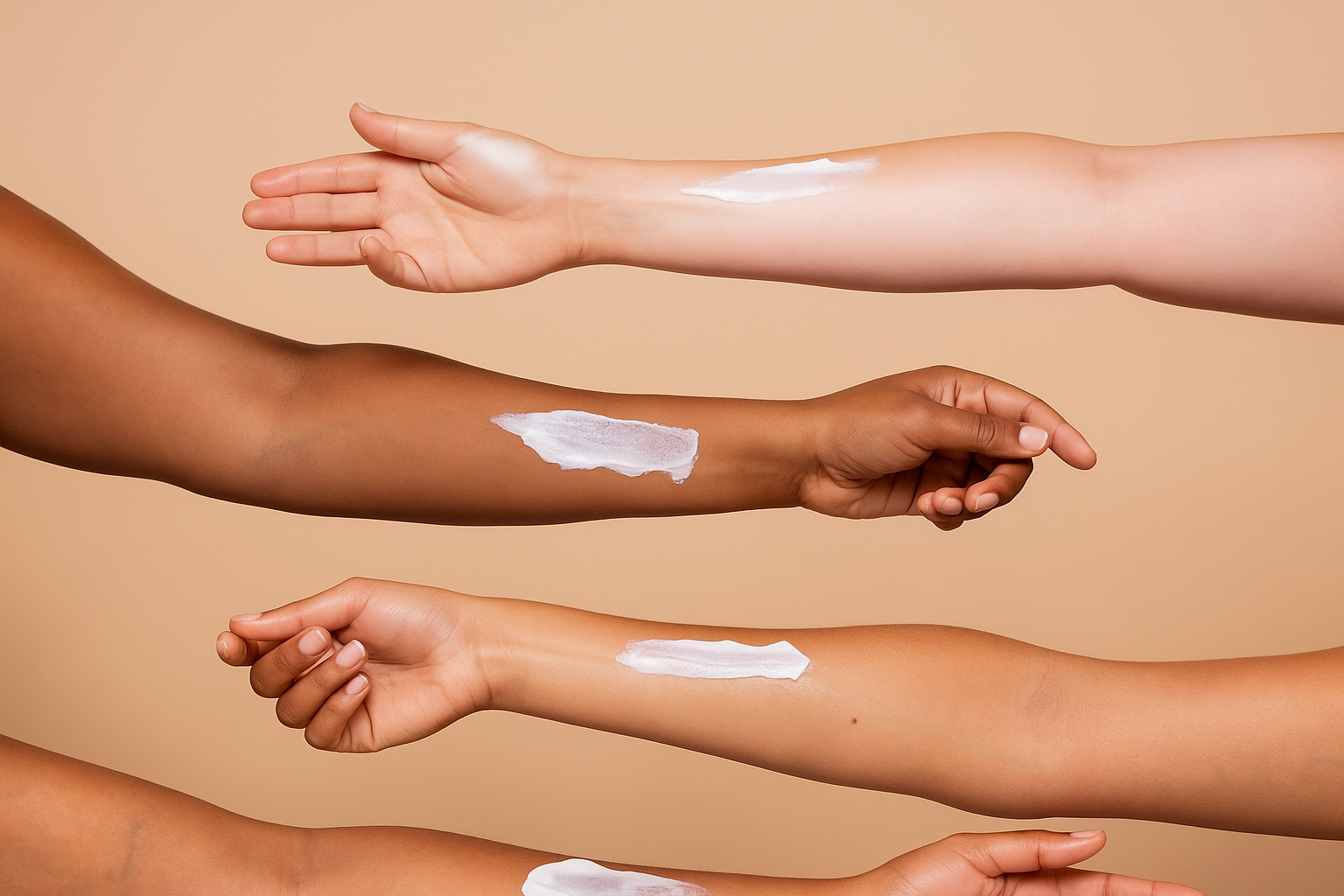Your Skin Remembers: Why We Avoid Endocrine Disruptors in Cosmetics and Home Fragrance
At The Today Project, every formula starts with one non-negotiable principle: never compromise your long-term health in exchange for instant results, perfect textures or captivating scents. Science supports this: certain substances commonly used in cosmetics and home fragrances — including some preservatives, UV filters and plasticizers — can disrupt the body’s hormonal balance, even when applied only to the skin.
The False Belief That Topical Means Superficial
For years, we were told that what we apply to our skin stays on the surface. But we now know the skin is not a wall — it's a living, permeable, dynamic membrane. Ingredients like parabens, phthalates, benzophenone-3 (BP-3) and other UV filters have been shown to penetrate the skin, enter the bloodstream, and reach hormone-sensitive organs such as the thyroid, testes, and mammary glands.
Clinical and experimental studies have shown:
Ingredients such as butylparaben and propylparaben exhibit estrogenic activity, mimicking natural estrogen and disrupting hormonal balance.
UV filters like BP-3 (oxybenzone) and OMC (octyl methoxycinnamate) have been found in blood after topical application, with levels increasing after just a few days of use.
Even products like moisturizers and home perfumes, through continuous skin contact or inhalation, can be a significant source of exposure.
But If It’s Legal… Is It Safe? Or Not?
This is the great trap of conventional cosmetics: confusing what is legal with what is safe.
Many ingredients with known or suspected endocrine activity are allowed by European or U.S. regulations — but that doesn’t make them harmless. Why?
Here's what’s wrong with the system:
Ingredients are tested in isolation, not in real-life mixtures
In reality, we’re exposed to dozens (sometimes hundreds) of substances at once, every day. This is known as the cocktail effect, and traditional toxicology doesn’t account for it.Low-dose effects are ignored
Endocrine disruptors don’t behave like classic toxins. They can have effects at very low doses, often within the exact range we're exposed to in daily cosmetic use.Long-term or cumulative effects aren’t considered
Most regulatory tests focus on acute toxicity. Hormonal effects are often silent, slow and cumulative — they may take years to appear.Legislation lags behind science
There is often a gap of many years between what scientific evidence reveals and what lawmakers restrict. Many ingredients “approved” today will be banned tomorrow.
At The Today Project, we choose to act before regulation catches up. We don’t formulate to meet the bare minimum required by law — we formulate based on the most current scientific knowledge available.
What Do We Do Differently at The Today Project?
We apply the precautionary principle: if there’s meaningful evidence of endocrine disruption (even if it’s not yet conclusive), we leave it out.
We do not use:
Parabens (butyl-, propyl-)
Phthalates
Suspicious UV filters such as BP‑3 or OMC
Fragrances containing CMR2-classified ingredients
Siloxanes (silicone derivatives)
Substances of Very High Concern (SVHC) listed by ECHA
We Formulate for Today… and for the Next 20 Years
Your skin, your hormonal system, and your future deserve more than instant gratification. Our commitment isn’t just to what you feel or smell — it’s to what your body doesn’t have to fight against. Every ingredient is chosen not only for its efficacy, but for its long-term safety.
Systemic absorption of phthalates and parabens after topical application – Janjua et al.
Endocrine disruptors in dermatological products – MDPI


